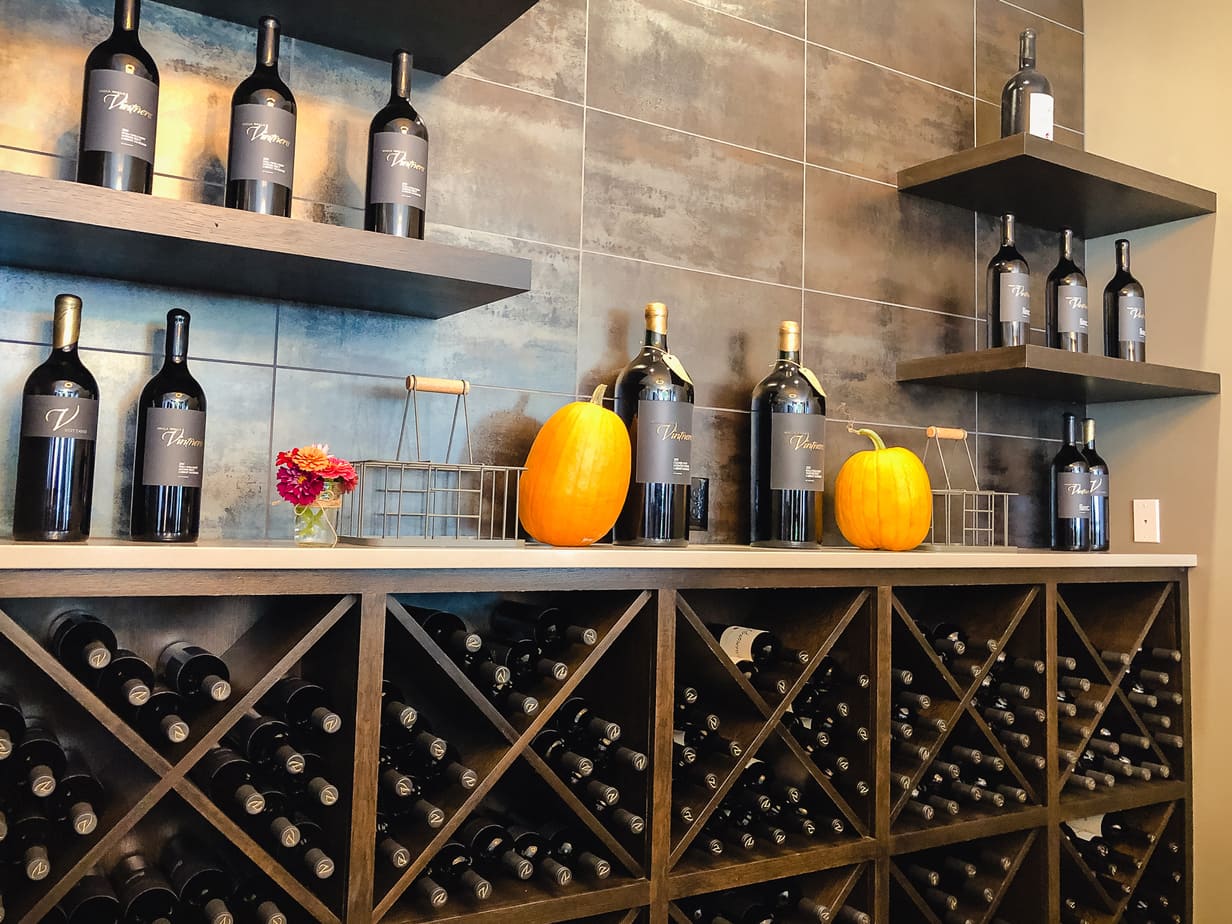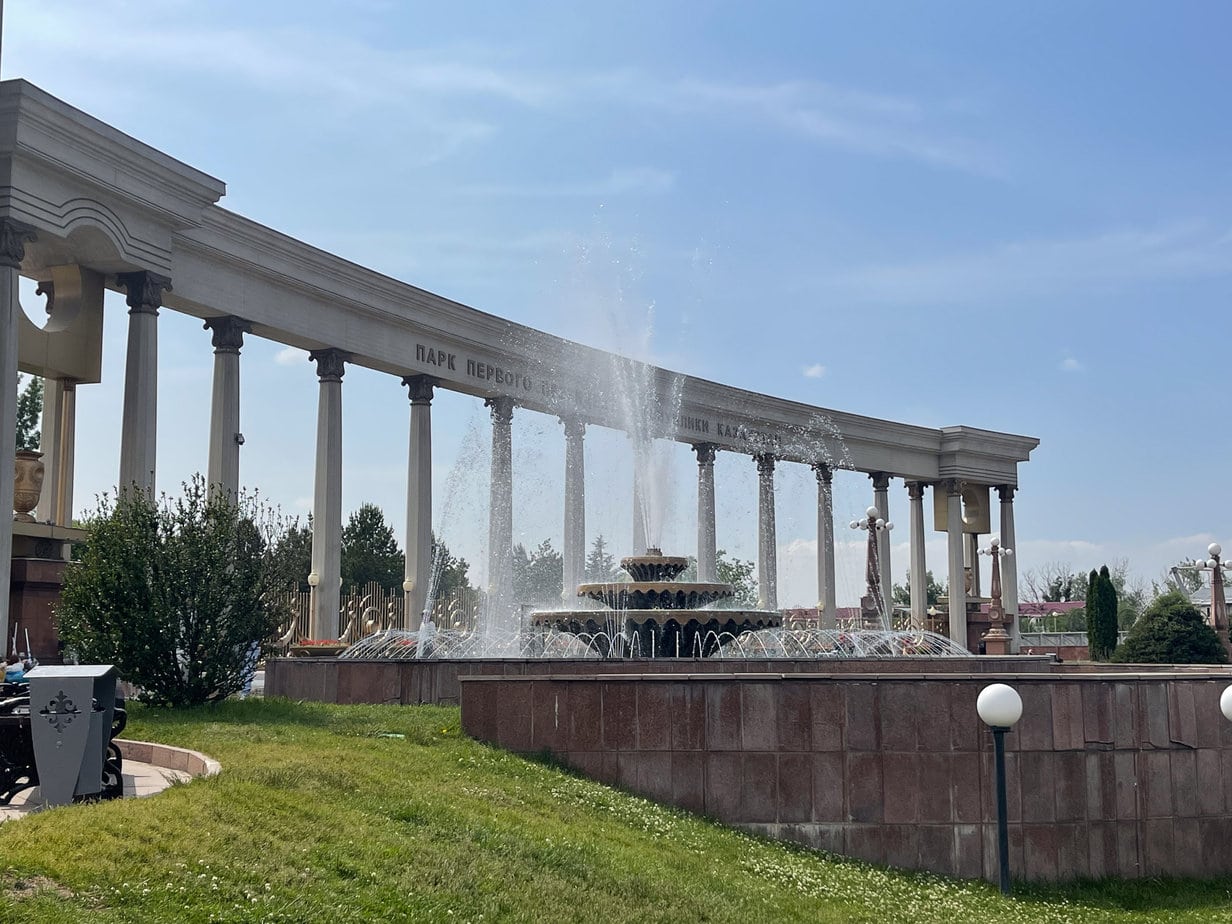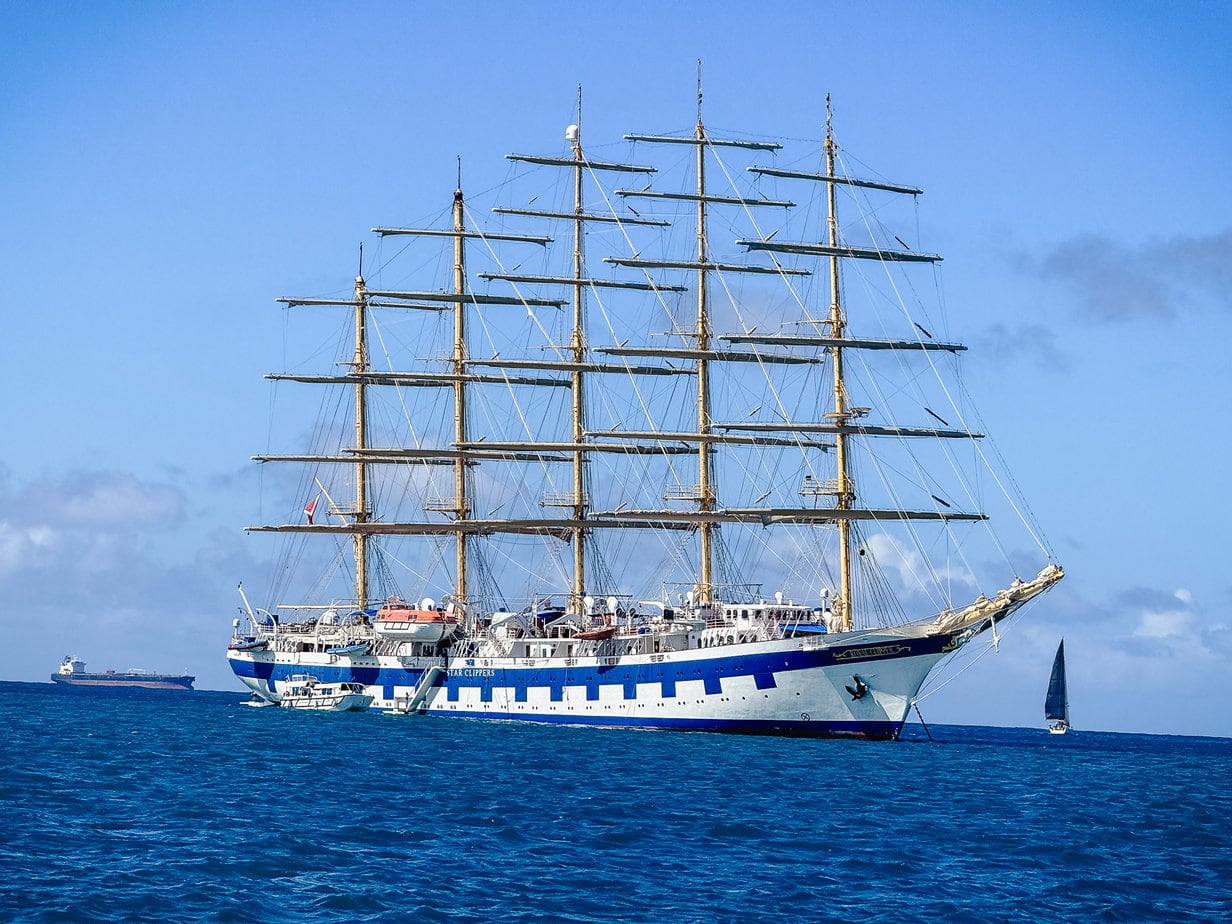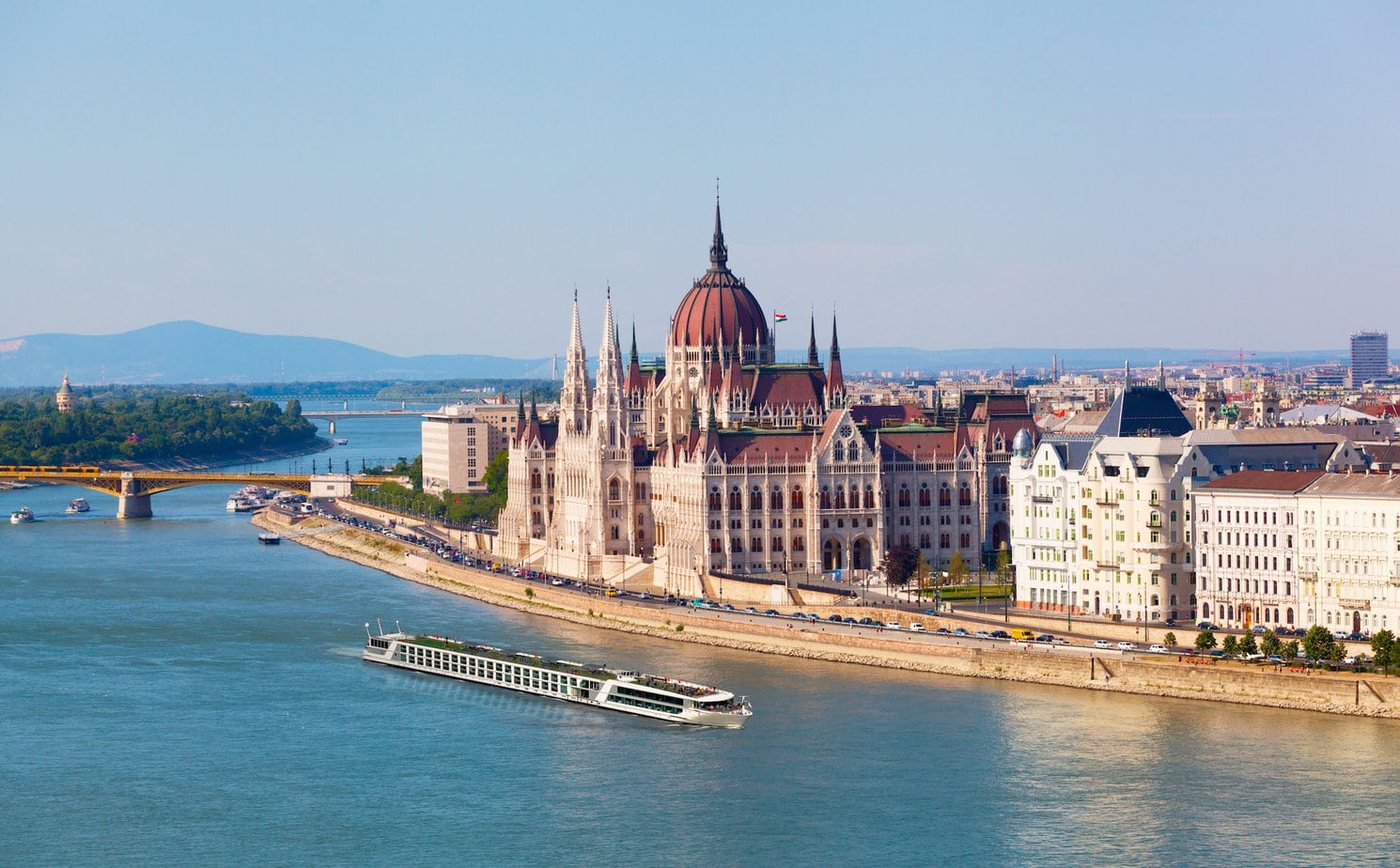The Astoria Column is a 125-foot tall column located on Coxcomb Hill, the highest point in Astoria, Oregon. The Column, built in 1926, is made of concrete and has a spiral staircase of 164 steps leading to an observation deck at the top.
But the view is only part of what draws people here.
The history of the Pacific Northwest is told visually here, through a mural that spirals up the outside of the tower. Carved in a method called sgraffito, the artwork blends classical style with Pacific Northwest history, unfolding as you follow it upward. You’re standing in a spot where land meets sea, where trade routes were born, and where stories still find their way into the landscape. The Column tells these stories.
There’s a quietness to the experience. A sense of being part of something bigger than you are.
A Look Back at How It All Started
The Astoria Column was built during a period when the Great Northern Railway was investing in monuments that celebrated milestones in American expansion. With support from Vincent Astor, a descendant of John Jacob Astor, whose Pacific Fur Company founded the city of Astoria in 1811, the Column became a tribute to both Astoria’s roots and the greater story of the Pacific Northwest. This was the first permanent U.S. settlement on the West Coast, and the Column was designed to mark that legacy through visual storytelling.
Architect Electus D. Litchfield modeled the Column after Roman triumphal columns, particularly Trajan’s Column in Rome. His goal wasn’t just to create a scenic structure, but a monument that expresses history through art. The frieze would wrap around the tower in a spiraling narrative, using classical technique to tell a regional story.
By the 1990s, time and Oregon weather had taken a toll. Only about 20 percent of the mural remained intact. That’s when the nonprofit Friends of Astoria Column stepped in to preserve what was left. They raised over a million dollars to fund a full restoration, with help from well-known conservator Frank Preusser, who had worked on several cultural landmarks around the world. Using archived sketches and period photographs, the team carefully restored the mural to its original design.
Today, the Column stands not just as a historical marker, but as a community effort to protect the past. Ongoing maintenance is supported by parking fees and private donations, helping ensure the Column continues to share Astoria’s story for generations to come. A small gift shop is also
Following the Story as You Climb
What makes the Astoria Column stand out isn’t just its height or hilltop setting, but also the way it tells a story, one that winds upward as you go.
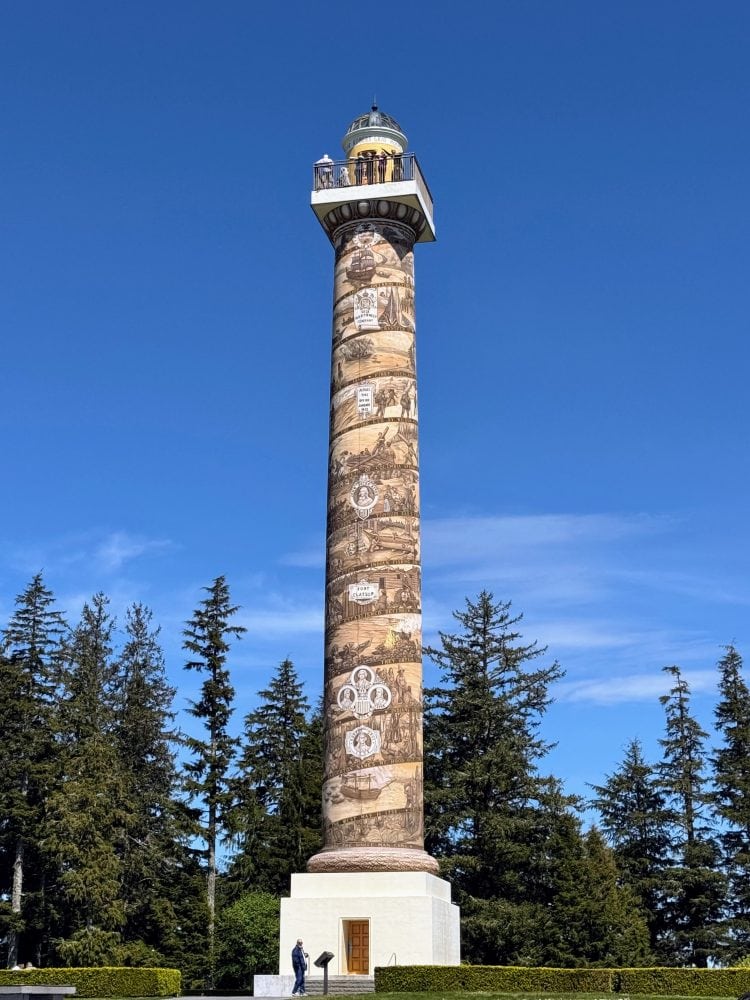

A spiral mural wraps around the outside of the tower, stretching 525 feet in length. It was created using sgraffito, an old Italian technique where layers of plaster are carved to reveal contrasting images beneath. Artist Attilio Pusterla used that method to illustrate significant moments from the region’s history – Indigenous communities along the Columbia River, Captain Robert Gray’s arrival in 1792, the Lewis and Clark Expedition’s winter at Fort Clatsop, the early settlers, the founding of Astoria, and the arrival of the railroad.
The scenes move chronologically, encouraging visitors to follow the timeline as they look up toward the sky.
Inside the Column, a narrow staircase of 164 steps leads to an observation deck on the top of the column. It’s a steady climb, but the views at the top are worth the effort. From the top, you can see the Columbia River meeting the Pacific Ocean, the Astoria-Megler Bridge stretching into Washington, and miles of coastal forest and the wooded area surrounding Astoria. On a clear day, distant peaks like Mount St. Helens and Saddle Mountain come into view.
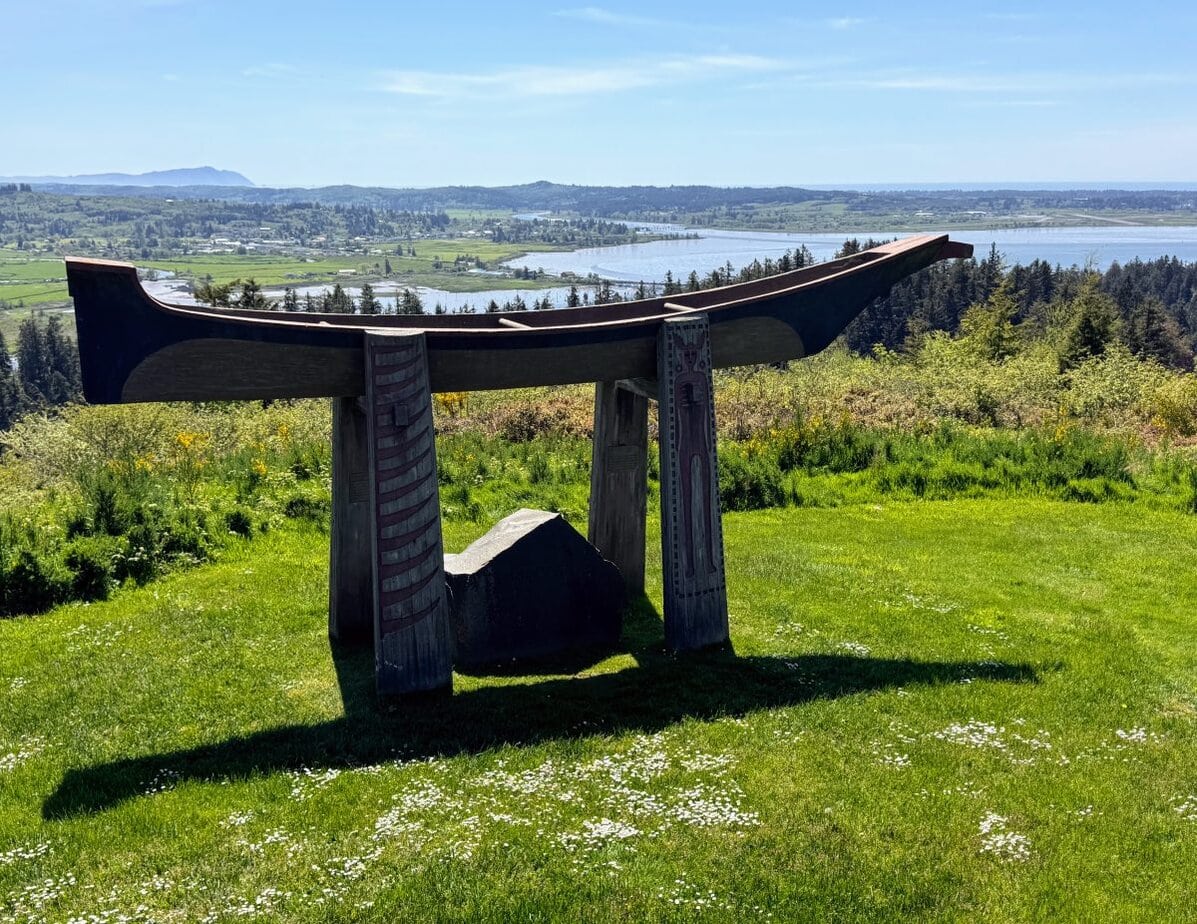
It’s quiet, a little windy, and entirely worth slowing down to take it all in. Take your time going up and down, no need to be in a hurry.
Practical Tips
The Astoria Column is located at 1 Coxcomb Drive (at the top of Coxcomb Hill), just a few minutes drive from downtown Astoria. The surrounding park is open daily from 5:00 AM to 10:00 PM, though the Column itself may close temporarily for maintenance or on particularly windy days.
There’s no fee to climb the tower, but a $5 parking permit is required per vehicle. It’s good for the entire calendar year and helps support upkeep of the site.
The paved paths around the Column are easy to navigate, with picnic benches and scenic overlooks. Even if you don’t climb the tower, you’ll still find it a peaceful spot to take in the view. While the staircase to the top isn’t accessible for wheelchairs or strollers, the surrounding park and restrooms are more mobility-friendly.
Astoria’s coastal weather can be unpredictable. Even in the summer, it’s often breezy at the top, so it’ss best to bring a jacket or layer up just in case. Mornings tend to offer the clearest skies, and the lighting is perfect if you’re wanting to snap a few photos from the top.
Don’t skip the tradition that’s made this place fun for generations: launching small wooden gliders from the observation deck. They’re light, simple, and surprisingly graceful as they catch the wind over the trees. If you didn’t bring one with you, they’re easy to find at shops around town or in nearby convenience stores.
Find the Astoria Column official website here for current info.
Make it a Weekend
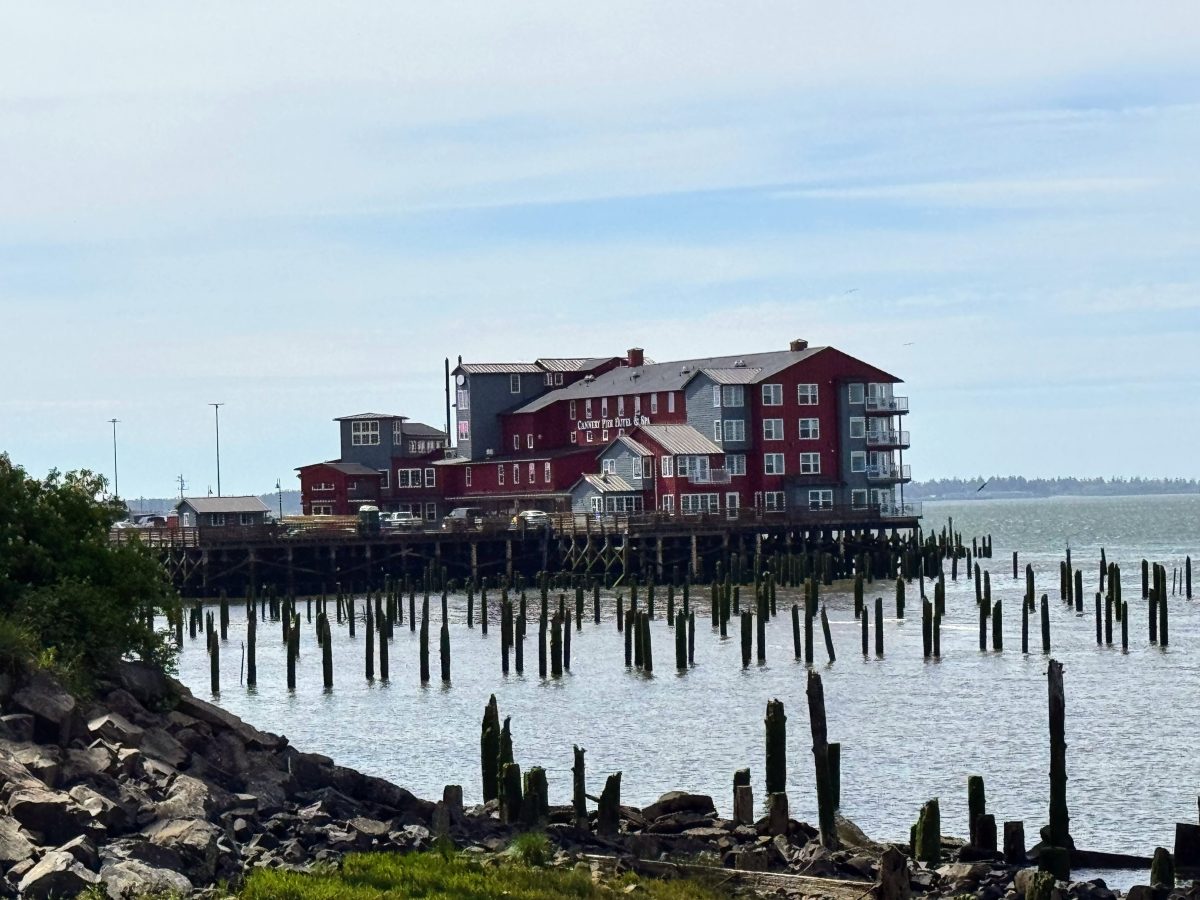
Astoria makes a great Pacific coast weekend getaway destination. It’s locations on the border of Oregon and Washington state, at the mouth of the Columbia River, is both picturesque and full of the natural riches of the Pacific Northwest. On a recent trip to Astoria, we stayed at the Cannery Pier Hotel & Spa, located right on the Columbia River. And I mean right on the River – the property is built over the River with terrific views.
A full review of the hotel and all the things to do in Astoria will be coming soon. Till then, contact us if you are interested in booking a getaway weekend at this lovely hill that oozes Pacific Northwest elegance.




